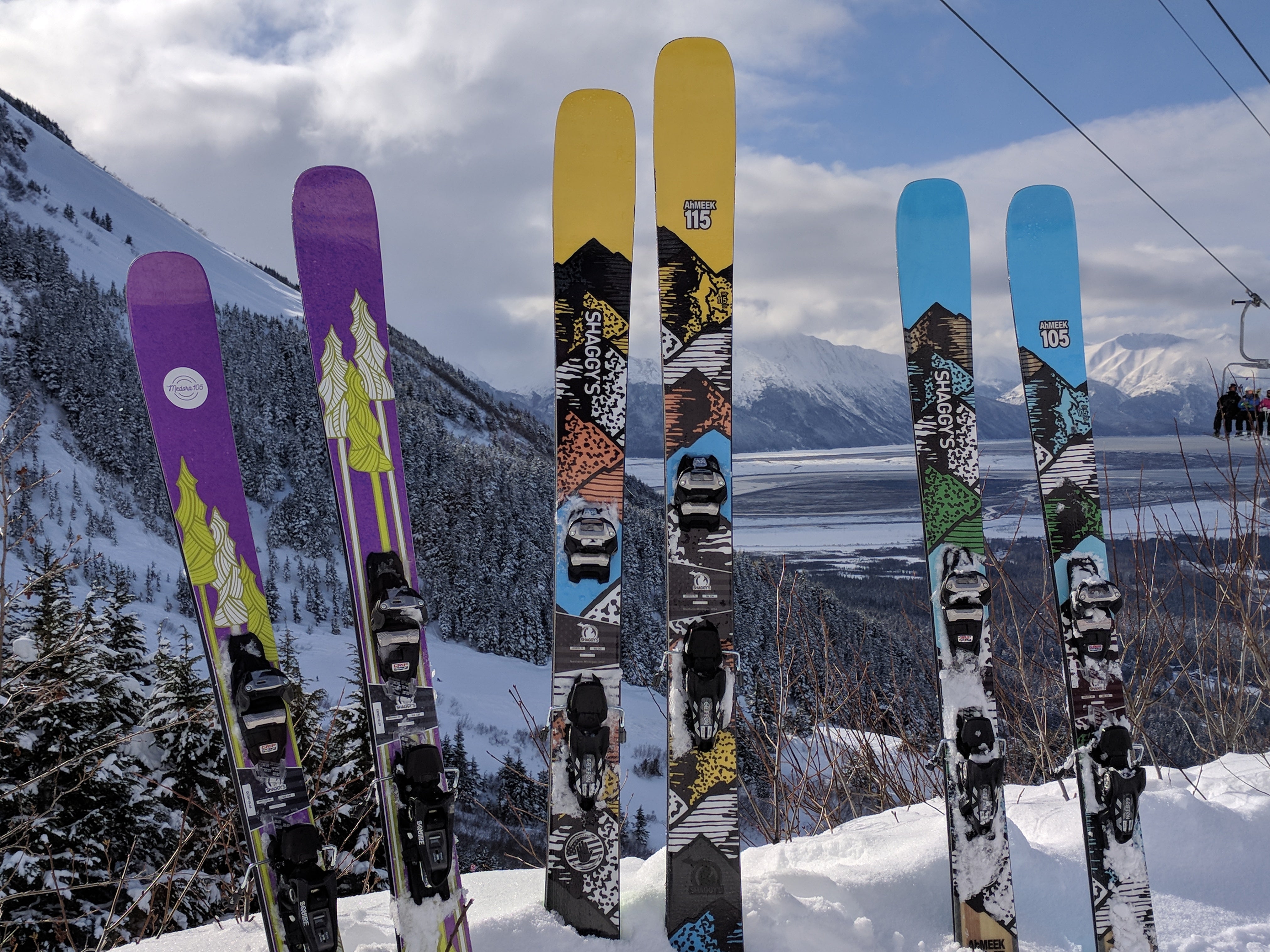
Guide: How to Choose Skis
Winter is near, and you've been thinking of getting new skis.....but how do you pick the right ski?
Check out the guide below to help you make the perfect selection.

Before we get started, let me say this: don't simply pick a ski based on its graphic, as we can customize any model with any graphic for as little as $100. Pick the right shape/length, then we can get the perfect graphic picked or designed for you!
Now let's get started!
First off, think about what kind of conditions you want to use your new skis in. Do you want a one-ski quiver? Do you want a frontside carver? Maybe a powder-specific ski?
Ski Width
Generally skis with a narrower waist width (the number we put after the ski name, in millimeters) will perform better on hardpack and icy snow. Conversely, the wider the ski, the better the ski is going to perform in powder and variable snow. We have a wide array of ski widths varying from 80 mm to 120 mm underfoot.
Here's our loose rule of thumb for getting you started picking the right ski:
- Below 90 mm - Great for groomers, ice, and crud
- 90-100 mm - Great for groomers, crud, some ice, and occasional powder
- 100-105 mm - Great for groomers, crud, most powder days, occasional ice, and any other condition you'll find on the mountain
- 106-115 mm - Great for powder, crud, occasional groomer days, and any chop/slush.
- 116+ mm - Powder specific, skis this width should be used in conjunction with another ski for harder snow days, but are the most fun in powder and general 3D snow (slush, soft crud).
For a do-it-all ski, we recommend 90-105 mm underfoot. This range is your most versatile width.
Terrain Preferences
Next you should think about any specific areas you like to ski. Maybe you love gladed trees, maybe the terrain park is your thing, or maybe you'll never leave the groomed runs - these are all important considerations when choosing your next pair of skis.

If you expect to do any skiing in the trees (or tight terrain) look for a ski with a twin tip tail. This turned-up tail will allow you to quickly release your turns!
Skis with twin tips: Ahmeek 95, Ahmeek 105, Ahmeek 115, Sarge 95, Medora 85, Medora 95.

For skis with full twintips, you should bump up in length if you are in between sizes.
If you find yourself mostly on piste (groomers, hardpack, ice), you may very well prefer a flatter tail shape. This will maximize your edge length on the snow and increase edge grip.
Skis with flat tails or partial twin: Brockway 80, Brockway 90, Brockway 100, Belle 80, Belle 90, Phoenix 110, Tubby 120.

If you're only going to be skiing powder, you'll want to match your ski width with that in mind!
Below is a reference chart for our 2021 ski line:
Turning Radius

The turning radius of a ski describes the sidecut arc of the ski (think: hourglass shape). The shorter the radius of the circle the arc makes, the quicker a ski will turn. The longer the radius of the circle, the longer the arc of your turn will be.
Think of it like this: A slalom race ski has about the tightest radius you'll find in a ski, 12-13 meters. A giant slalom ski has a radius of 21+ meters (and a recent history of change due to FIS standards...).
You'll find this information listed for each ski model in the "Shape/Specs" section on each ski's page. The turning radius will slightly vary from length to length in each model (radius goes up with length).
If you like a quicker turning ski, go with a radius of around 15-17.5m, if you prefer a longer radius turn, generally stay above 18m.
Ski Length
Ski length is an extremely subjective topic! Your ski length should be determined by combining your size, skiing style, and desired primary terrain.
Below is a very basic size chart that will usually put your ski length somewhere between your chin and the top of your head.

If you are an expert skier, you'll generally want to be on the upper end of the length range. If you are a novice, a shorter length is going to be more suitable and easier for you to turn.
If you prefer a shorter radius turn, you'll want to stick to the lower side of the range, but if you prefer a longer radius turn, go to the upper half of the range.
Remember from above - for skis with full twintips, you should bump up in length if you are in between sizing.
Lastly, if you prefer a certain type of terrain, you should definitely take that into account. If you love the tight trees, but are an expert skier, you should be somewhere in the middle. Maybe you love open runs and wide turns - go a bit longer.
| Height | Suggested Lengths (cm) |
| 5' | 135-155 |
| 5'2" | 145-165 |
| 5'4" | 150-170 |
| 5'6" | 155-175 |
| 5'8" | 160-180 |
| 5'10" | 165-185 |
| 6' | 170-190 |
| 6'2" | 175-195 |
| 6'4" | 180-200 |
For example, I'm 5'11", 180 lbs, and I like to ski fast and aggressively. I ski in the trees as well as open runs. Most of my skiing is done in the Midwest, but I travel across North America to ski as well. I ski the Ahmeek 105 in the 180 cm length. If I only skied in larger terrain and not in the Midwest, I'd go up to the 186 cm length (with a twin tail).
Construction Types
Standard: Our standard layup construction includes a select cut ash hardwood core wrapped with triaxial fiberglass and carbon fiber stringers under the core. The carbon stringers are used to increase pop and rebound energy in the ski, while complementing the predictable and torsionally-rigid feel of the triaxial fiberglass. The standard layup is best suited for the majority of skiers, as it blends the traditional hardwood core with an energetic, "poppy" feel.
- Standard on: Sarge 95
- Available on: any custom build

MidLight: The MidLight layup construction features a laminated ash and poplar hardwood core wrapped with a lighter triaxial fiberglass and twice the unidirectional carbon fiber of the Standard construction. This construction style reduces the weight of the ski by ~0.5 lb/pair while maintaining all the energetic characteristics of the Standard construction. This is best suited for someone who will be doing a fair amount of off-piste skiing, where maneuvering a lighter ski is easier. It is also great for a person looking for a daily driver ski that can also be used for backcountry touring.
- Standard on: Ahmeek 95, Ahmeek 105, Ahmeek 115, Medora 95, Medora 105 , Tubby 120
- Available on: any custom build

nanoMAG® Damping System: This method of construction incorporates a sheet of nanoMAG® magnesium into our Standard layup, which significantly reduces vibration and chatter in the nastiest conditions. The damping of the material increases edge hold and creates an exceptionally smooth ride. This construction is best suited for the skier looking for the ultimate in smooth skiing and maximum grip on ice, especially when making high speed turns. Two words to describe this option are smooth and stable. This will slightly reduce liveliness (vs. Standard or Pure Carbon) but gives you that Cadillac ride feel!
- Available on: Brockway 80/90/100, Belle 80/90, any custom build

Pure Carbon: Our Pure Carbon construction includes an ultra lightweight biaxial carbon fiber (+-45 deg. orientation) coupled with a slightly heavier unidirectional carbon fiber. A full carbon model allows for an exceptionally lightweight and responsive ski. The high strength and notable stiffness of the carbon fiber allows us to use a lightweight poplar wood core (select cut in Northern Michigan). Average weight savings versus their standard counterpart is 1.6 - 1.8 lb/pair. This construction is a bit less damp than all other construction styles.
- Standard on: Phoenix 105
- Available on: Ahmeek 105, Ahmeek 115, any custom build

Each ski comes standard with one or more of these construction methods that is best suited to complement the intended use of the ski. If a specific construction style isn't an option on a ski you're looking at, we can build it for you! Just contact us!
Graphics
We offer four topsheet graphic options for you to choose from!
- Stock Graphic - The graphic that you see on each ski page - we usually have those skis in stock.
- Limited Edition Graphic (price varies) - Custom-designed graphics that we only produce a set number of. When they're gone - they're gone!
- Custom Graphic (+$100) - Choose a graphic from our library or from another ski model. Link: www.skishaggys.com/pages/custom-ski-graphic-library
- Full Custom Graphic (+$150-$200) - Design your own full custom graphic, modify one of our graphics, or work with us to come up with your own unique graphic!
If you aren't sure on graphics, just contact us!
View All 2022 Skis
View Custom Skis
And that's it in a nutshell! There are a ton of factors that you should take into account when choosing your next ski, and this guide will help you make that choice. If you'd rather talk with a ski expert, simply give us a call at 231-459-4323; we're always happy to offer advice and make sure you're getting on the right ski!
Jeff Thompson
jeff@skishaggys.com
Product Engineer / Partner
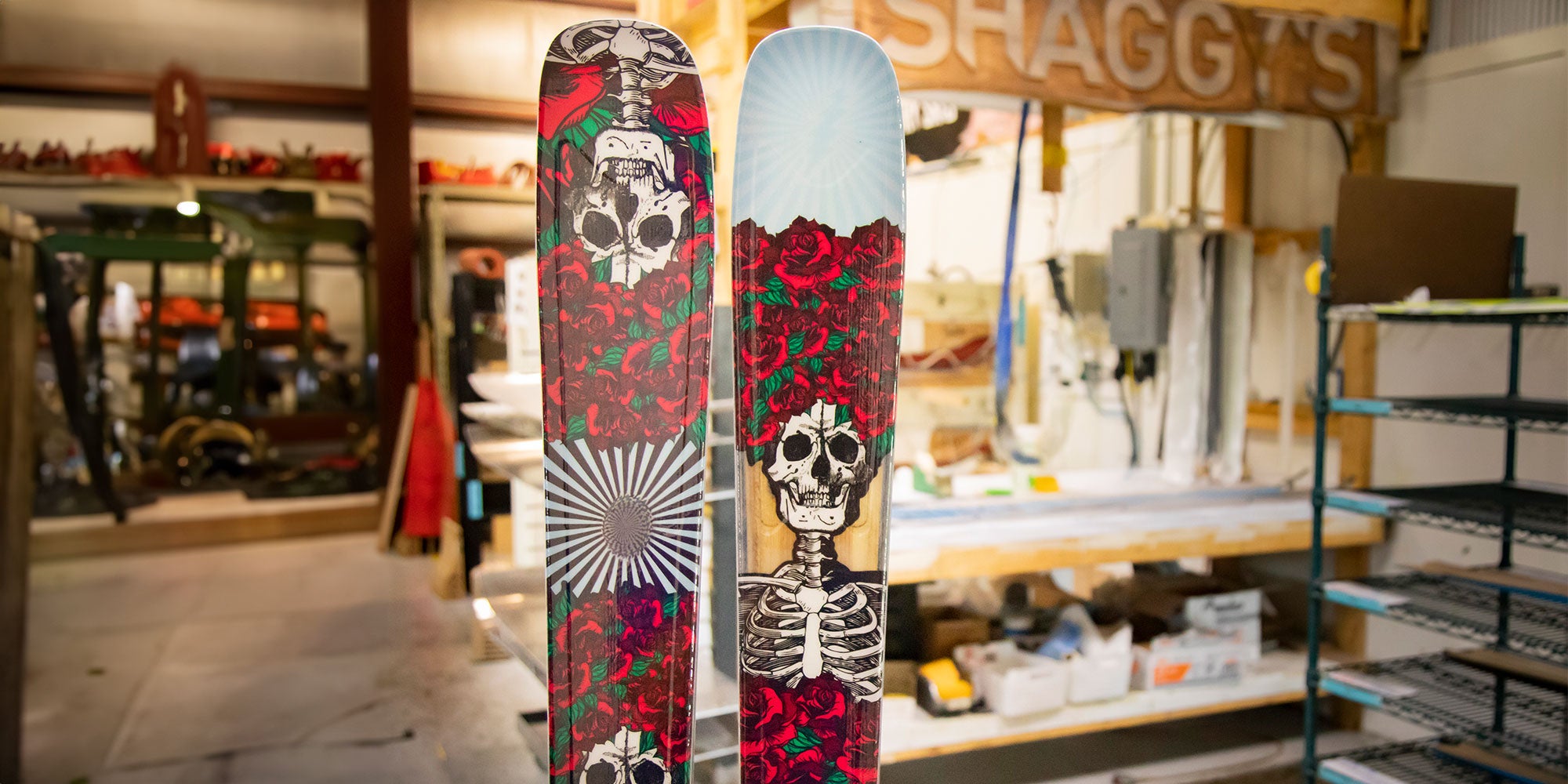
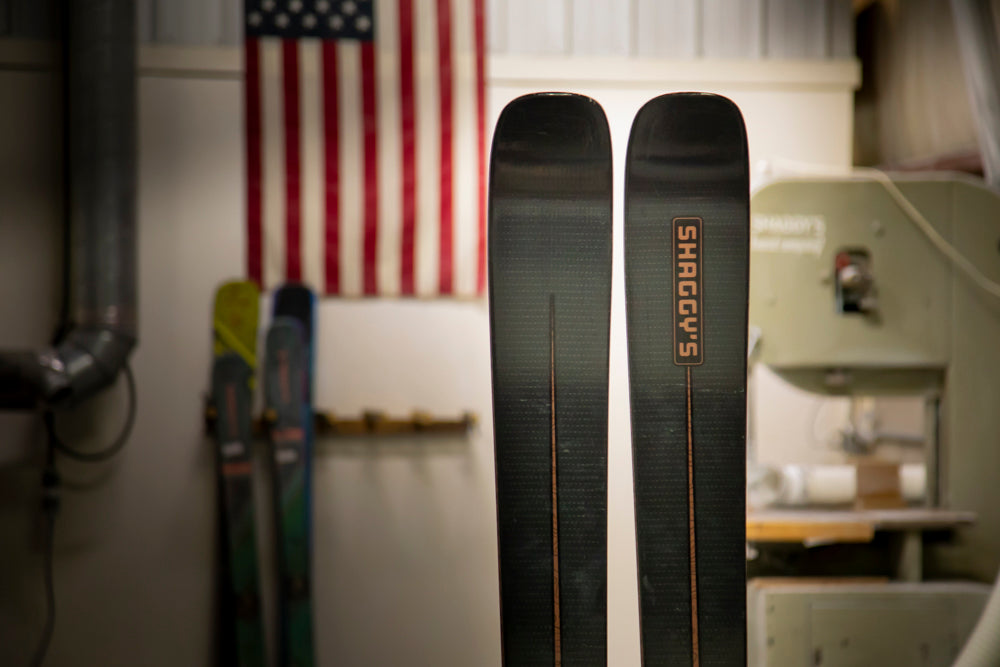





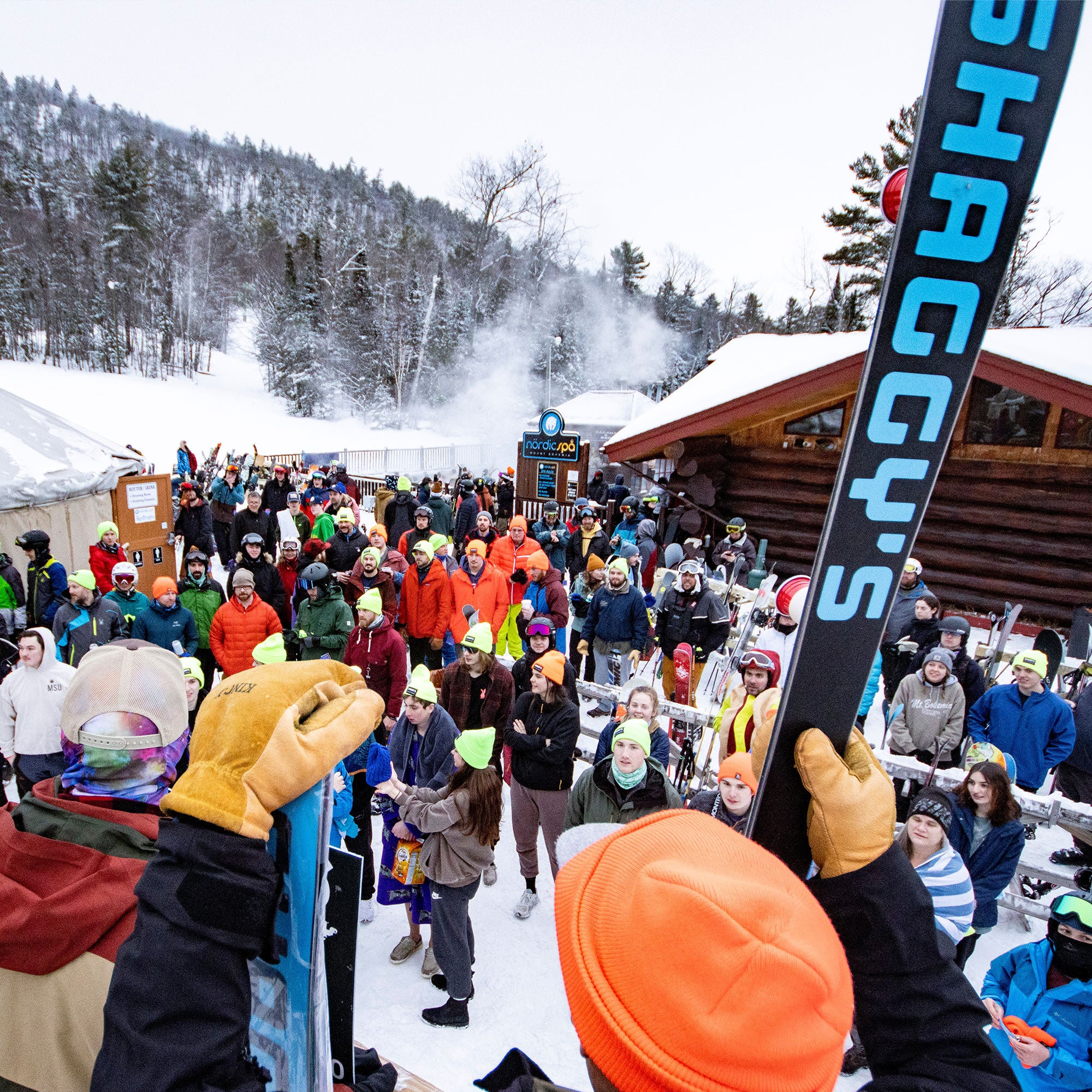
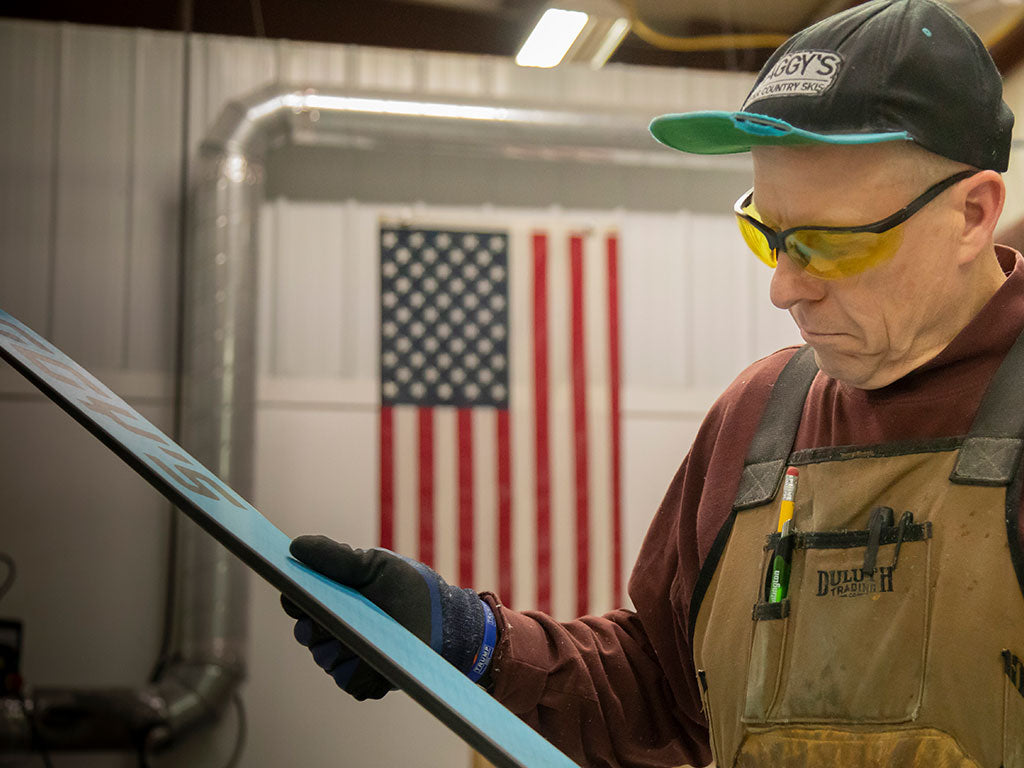
Comments
Mike Phillips said:
do you guys supply bindings, i am a little concerned with letting a ski shop unfamiliar with you skis mount the bindings
Roger Kinne said:
Jeff I have a question. I am very athletic at 71. I am an expert skier helicopter big mountain skier some college racing but now mostly ski Mich. I of coarse am old school skier. Feet togeather straight ski 195 cm. I am looking to get new skies and I guess want to move toward the newer ski shape but still maintain some of past skiing style. L like bumps fast quick or long turns and occasional powder. Could u recommend something or would be better to call and go over things. I am 5’8" and 165lbs. I like to ski fast and aggresive.